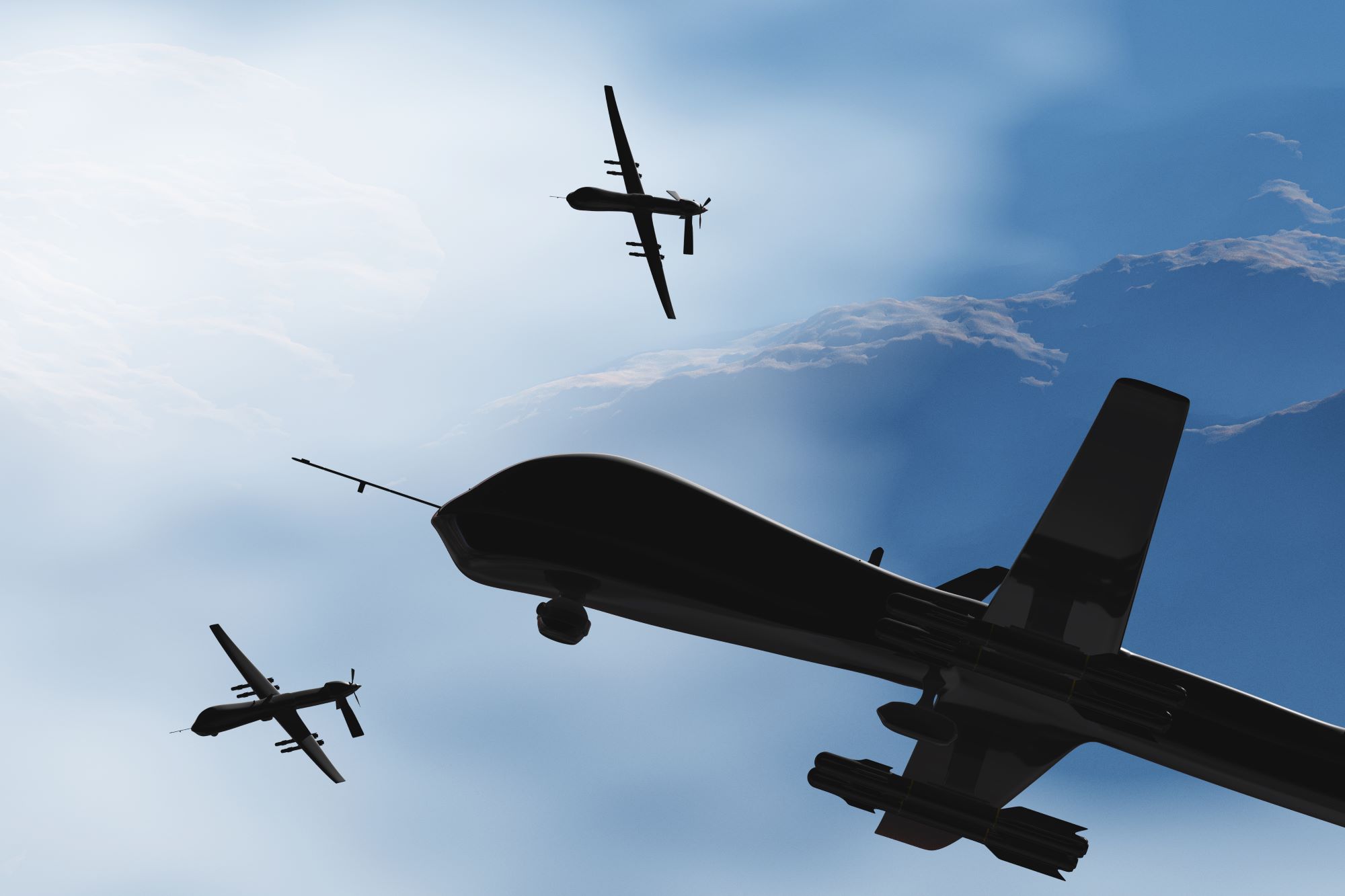DSEI 2023: Towards a digital battlefield
by Macy Summers
 This year’s DSEI will once again be connecting national armed forces, governments, industry specialists and the defence supply chain, gathering to explore the latest advances and developments in the defence and security industry.
This year’s DSEI will once again be connecting national armed forces, governments, industry specialists and the defence supply chain, gathering to explore the latest advances and developments in the defence and security industry.
Over the past decade or so, we’ve seen an increasing number of digital solutions at the show, with upgrades to existing equipment and technology to enhance the armed forces’ connectivity and data analysis. However, the pace of change is accelerating and I believe that, for the first time in history, we can talk about the advent of a digital battlefield, with conflicts won or lost over access to digital targeting, intelligence and fires. The possibilities of data breaches or intelligent interception of digital communication can be possible game changers.
The invasion of Ukraine is the first war to make use of and rely on a vast quantity of data. Whether that’s from using social media to track adversaries, near real-time overhead imagery to spot oddities, or drones and satellites to gather information on the enemy; the backbone of Ukraine’s defence has relied on data and digital intelligence supplied by allies.
We believe future wars will not deviate from this trend. In fact, the digital battlefield will only become ever more evolved and sophisticated in its use of data and connectivity.
What’s the issue with drones?

The use of drones in both civilian and military life has become part of everyday life, increasingly accessible to the masses. Providing huge amounts of information, high-resolution imagery and data with relatively small budgets compared to manned reconnaissance vehicles, drones are now a fundamental part of a military order of battle. Unmanned drones, both in the air and underwater, can undertake scouting missions as well as be used as part of a broader fleet to attack the enemy.
Ensuring constant connectivity and data from these drones is vital, both in terms of monitoring and controlling their progress, but also to enable real-time download of data collected. The latter is particularly critical when it comes to ‘kamikaze drones’ which do not make it back to base.
Using traditional Wi-Fi may enable the drones to hide in plain sight due to the sheer number of devices connected, but the signal is omnidirectional, short-range and easily detected and interfered with. This makes it a risk in the battlefield environment. 3GPP mobile network encounters similar interference and detection issues but commands longer range than beyond line of sight due to its use of cellular towers and terrestrial infrastructure.
Increasingly, IEEE 5G mmWave-based systems that provide broadband (100 Mbps+) communications are emerging as the secure and stealthy communications solution. With no single point of failure, 5G mmWave technology can link manned or unmanned weapons platforms, command posts, ISR and C2 with the edge. Importantly, mmWave technology exploits licence-exempt, non-commercial spectrum frequency bands, such as the V-band at 57-71 GHz.
As such, IEEE 5G mmWave-based networks are proving to be a robust solution for delivering connectivity for military unmanned autonomous systems.
Connectivity with LPD quality becomes reality
Historically, the policy of ensuring stealthy conditions has been achieved through EMCON (Emissions Control), also known as ‘radio silence’.
However, whilst this can be achieved in practice conditions, in challenging warfare conditions maintaining ‘radio silence’ is both impractical and potentially dangerous. The EMCON policy needs rethinking, with alternative technologies utilising the V-band and free space optics (FSO) being readily available. Communications solutions utilising the V-band are stealthy by design and provide Low Probability of Detection (LPD), enabling forces to prevent the discovery of their signal. FSO, although still quite expensive, is a very secure line of sight communications solution. FSO is becoming a ‘must-have’ in LEO satellite systems that relay signals from satellite to satellite to find a suitable ‘hub’ downlink station to land signals.
The V-band is unique because it causes radio signals to resonate almost perfectly with oxygen molecules in the air – a phenomenon called oxygen absorption, which creates a curtain of invisibility between a tactical team and its adversary. Within the V-band, connectivity has an LPD quality not found in lower, typical military communications frequency bands.
While perfect LPD will likely never exist, mmWave-based technologies utilising the V-band are proven to provide the most robust level of LPD in the wireless telecommunications market.

Connectivity everywhere
At Blu Wireless, we’ve been trialling flexible and stealthy mmWave mesh networks for some time now with impressive results.
A recent pilot of 5G mmWave systems saw this technology interfaced with the networking systems of land vehicles. This set up was then tested in a variety of simulated battlefield scenarios. The technology was proven to provide 360˚ communications coverage via mesh networking to effectively deliver undisrupted, LPD gigabit communications links between vehicles.
Our mmWave equipment is tailored to each specific use case, meeting the range and bandwidth requirements as well as future growth ambitions. Our vast expertise in wireless communications systems and mmWave technology allows us to deliver high-quality, quick-to-deploy, advanced networks and communications programmes for our customers, and customise solutions for the emerging digital battlefield.
Meet us at DSEI
If you are attending DSEI this September and want to experience next-generation military communications, or just have a chat, click here to arrange a meeting with the Blu Wireless team.
Learn more about PhantomBlu, the mmWave platform supporting tactical connectivity between vehicles on land, at sea and in the air.
